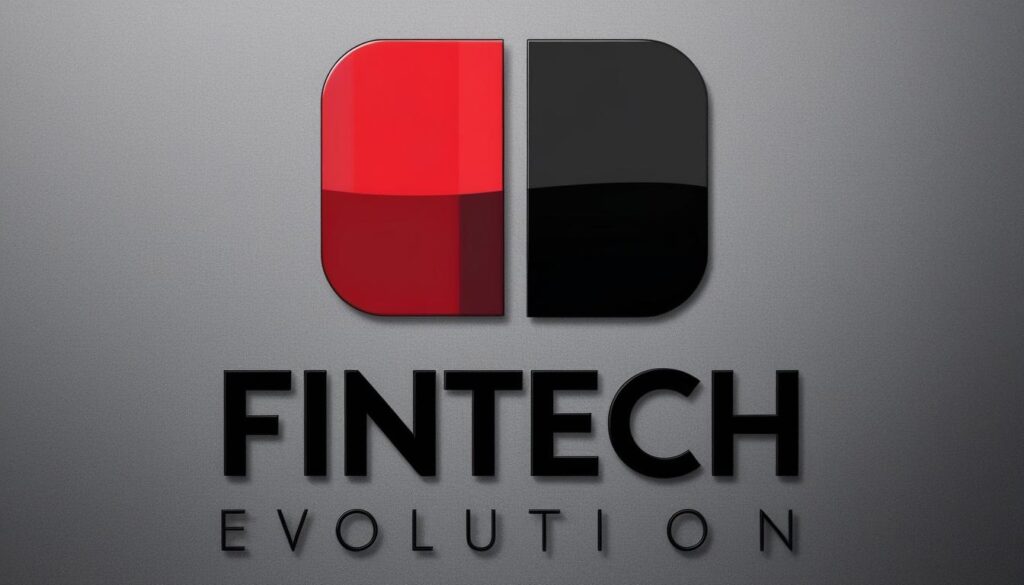A report reveals that 754 bank branches closed in the US in the first nine months of 2024, reflecting a significant shift towards technology-driven financial solutions.
A recent report by the Daily Mail, based on data from the Office of the Comptroller of the Currency, indicates a significant trend in the retail banking sector, as 754 bank branches closed across the U.S. during the first nine months of 2024. This phenomenon appears to stem from changing consumer behaviours, with increasing preference for technology-driven financial solutions over traditional in-person banking visits. As banks respond to this shift, they are prioritising cost reduction and enhancing profitability through branch closures.
The closures signify a larger movement within the banking industry, where financial technology (fintech) is fundamentally transforming the way consumers manage their finances. The integration of fintech solutions is prioritising convenience, efficiency, and innovation, reflecting a broader shift in the retail banking landscape. However, the impact of low interest rates from 2020 to mid-2024 on banks’ profit margins, alongside labour shortages and rising wages, have also compelled banks to reassess their operational costs.
Fintech is particularly noted for lowering banking costs. While traditional banks like Wells Fargo reduce their physical footprints, online-based fintech firms are gaining traction. These virtual banks typically operate with significantly lower initial expenses, allowing them to offer conventional banking services at a fraction of the cost. For instance, Wise, formerly known as Transferwise, has positioned itself as an efficient alternative for international money transfers, where a transfer of $1,000 from a U.S. Dollar account to a Euro account costs just under $9, compared to a $30 fee charged by Wells Fargo. Wise’s platform enables users to hold money in multiple currencies without incurring monthly service fees, demonstrating the appeal of fintech solutions.
Furthermore, the expectation for rapid access to financial information is reshaping customer preferences. In a world where instant gratification is increasingly sought after, fintech apps provide real-time access to financial data. Tools such as Plaid facilitate connections between consumers’ bank accounts and various financial applications, enhancing the ability to manage budgets, save for retirement, or make transfers seamlessly.
Fintech companies are also catering to gaps left by traditional banking systems. For example, independent workers and gig economy participants often find standard banking services insufficient to meet their specific needs. While traditional banks typically impose fees unless specific conditions are met, alternatives like Lili offer zero-fee accounts tailored for sole proprietors, along with intuitive tax optimisation tools. This functionality allows users to categorise expenses efficiently and simplifies annual tax return preparation.
As consumers increasingly migrate to fintech solutions, traditional banks face the challenge of outdated technology and service models. Digital transformation is severely affecting the competitiveness of retail banks, with consumer expectations moving towards enhanced user-friendliness, ease of use, and transparency not always supported by legacy systems.
The swift adoption rate of fintech among U.S. consumers has been remarkable, with estimates indicating that 80% utilised these services to manage their finances by 2022. The requirement for retail banking to adapt to this digital disruption and incorporate advanced financial technologies is becoming more crucial for sustained relevance in the evolving market landscape. Mike Whitmire, a CPA and the CEO of FloQast, conveyed insights on the broader implications of these changes, emphasising the urgent need for traditional banks to innovate and streamline their operations to compete effectively.
Source: Noah Wire Services
- https://www.americanbanker.com/news/why-banks-are-closing-so-many-branches – This article supports the claim that banks are closing branches due to changing consumer behaviors and the preference for technology-driven financial solutions. It also highlights the trend of banks reducing their physical footprints.
- https://www.americanbanker.com/list/20-us-banks-that-closed-the-most-branches-in-q3-2024 – This list provides data on the number of bank branches closed by major U.S. banks, supporting the trend of branch closures in the retail banking sector.
- https://www.bauerfinancial.com/u-s-bank-branches-are-down-and-up/ – This article discusses the overall decline in U.S. bank branches during 2024, aligning with the trend of branch closures due to fintech adoption and changing consumer behaviors.
- https://www.wise.com/us/blog/international-money-transfers/ – This page explains Wise’s services, including low-cost international money transfers, which are mentioned as an example of fintech’s cost efficiency compared to traditional banks.
- https://www.plaid.com/ – Plaid’s website highlights its role in connecting bank accounts to financial applications, facilitating real-time access to financial data and enhancing budget management capabilities.
- https://www.lili.co/ – Lili’s website showcases its zero-fee accounts and tax optimization tools designed for independent workers, illustrating how fintech fills gaps left by traditional banking systems.
- https://www.floqast.com/ – FloQast’s website provides insights into financial management solutions, aligning with the need for traditional banks to innovate and streamline operations in response to fintech advancements.
- https://www.fdic.gov/ – The FDIC website provides data and insights into banking trends, including branch closures and the impact of fintech on the banking industry.
- https://www.wellsfargo.com/ – Wells Fargo’s website reflects its efforts to adapt to changing consumer behaviors and fintech trends, including reducing its physical footprint while enhancing digital services.
- https://www.bankofamerica.com/ – Bank of America’s website highlights its strategy to balance branch closures with the opening of new financial centers, reflecting the broader trend of banks adapting to fintech and consumer preferences.
Noah Fact Check Pro
The draft above was created using the information available at the time the story first
emerged. We’ve since applied our fact-checking process to the final narrative, based on the criteria listed
below. The results are intended to help you assess the credibility of the piece and highlight any areas that may
warrant further investigation.
Freshness check
Score:
8
Notes:
The narrative references recent data from 2024, indicating it is relatively fresh. However, it also mentions trends and statistics from 2020 to mid-2024, which could be considered somewhat historical.
Quotes check
Score:
6
Notes:
There is a quote from Mike Whitmire, but without further context or an original source, it’s difficult to verify its authenticity or first use.
Source reliability
Score:
7
Notes:
The narrative originates from Global Trade Magazine, which is not as widely recognised as major news outlets like the Financial Times or BBC. However, it does reference reputable data sources like the Office of the Comptroller of the Currency.
Plausability check
Score:
9
Notes:
The claims about fintech disrupting retail banking and the shift towards digital solutions are plausible and align with current trends in the financial sector.
Overall assessment
Verdict (FAIL, OPEN, PASS): PASS
Confidence (LOW, MEDIUM, HIGH): MEDIUM
Summary:
The narrative appears to be relatively fresh, referencing recent data and trends in the fintech sector. While the source reliability is moderate due to the publication’s lesser-known status, the claims are generally plausible and supported by broader industry shifts. The lack of verifiable quotes slightly reduces confidence.















